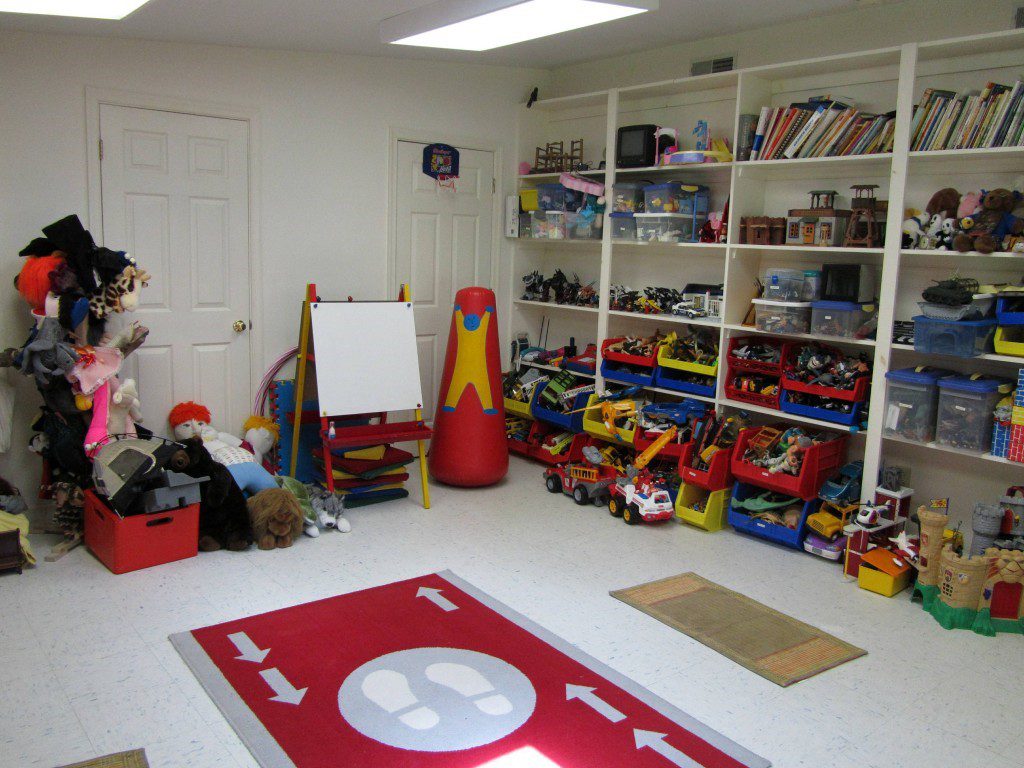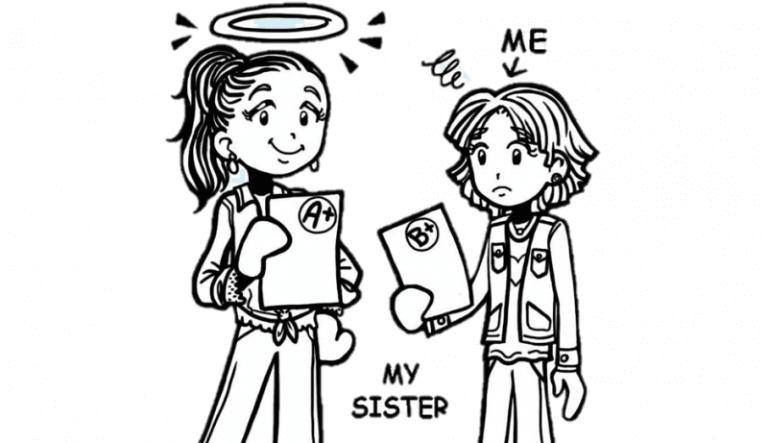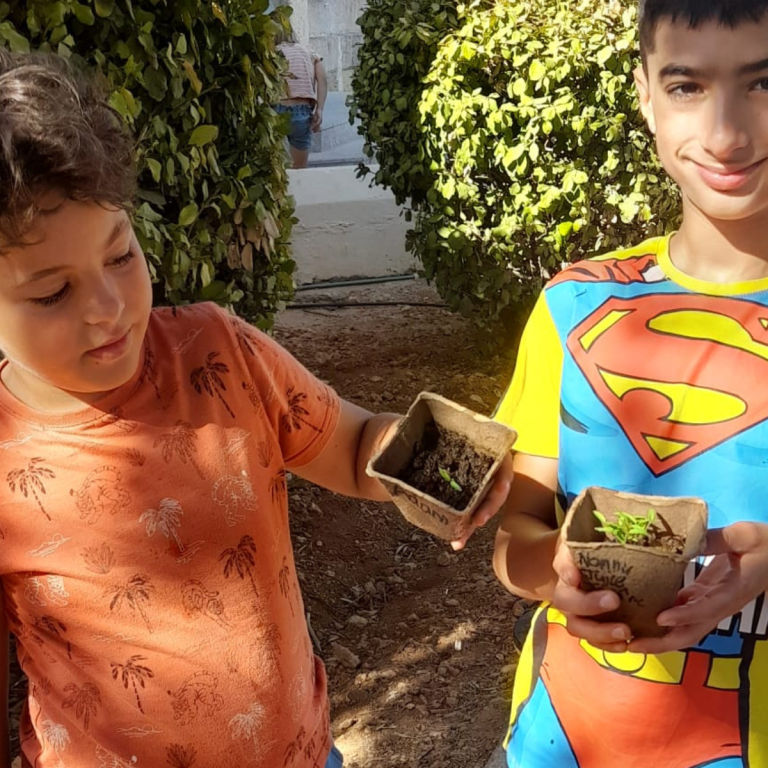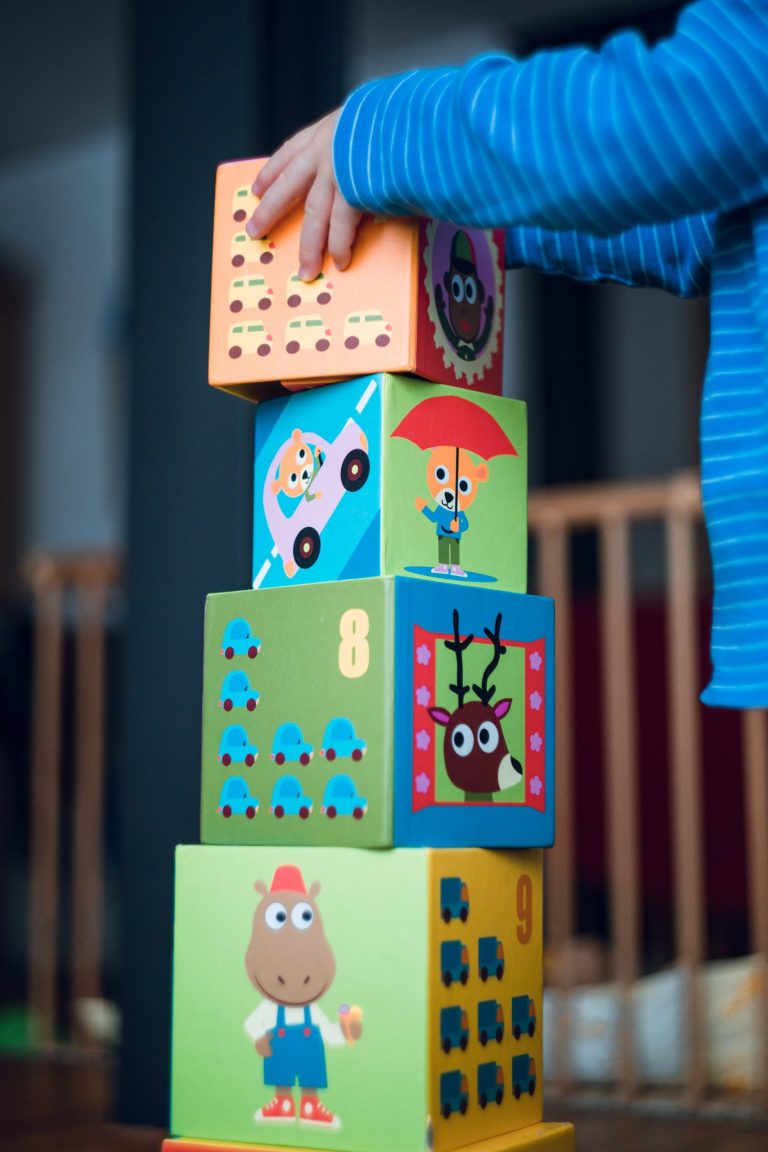The Rise of Play Therapy – Part 1 of 2
Play therapy, as the name suggests, is a type of therapy that utilises play as the medium for communication and it helps clients resolve or prevent psychosocial issues. Play therapy dates back to the Ancient Greek era however it is only recently that this type of therapy has seen a rise in its use. Play therapy is not restricted to children, but its benefits have been found to be of relevance even to other age groups. However, it is mostly popular with children between the ages of 3 to 12.
Why Play?
Playing is a fun, creative and an imaginative activity. Play therapy can help the client gain better communication, reach fulfillment, learn proper stress management and regulate emotions. Play is critical for the development of children since it boosts physical development of the brain and it can also help the children establish a relationship.
Play therapy is mainly held in a playroom full of mats and wallpapers, with a good amount of empty space and a section full of different kinds of toys; such as balls, dolls, whiteboards or chalkboards, animal families, plastic cutlery, doctor’s kit and all kind of safe games.
In the next blog we will briefly expand more on different aspects of play therapy, so stay tuned!
– Danica Cassar is a first year psychology student at the University of Malta. Her main interest in the field is play therapy and looks to further her career in the sector. Danica is an intern at Willingness.com.mt.







